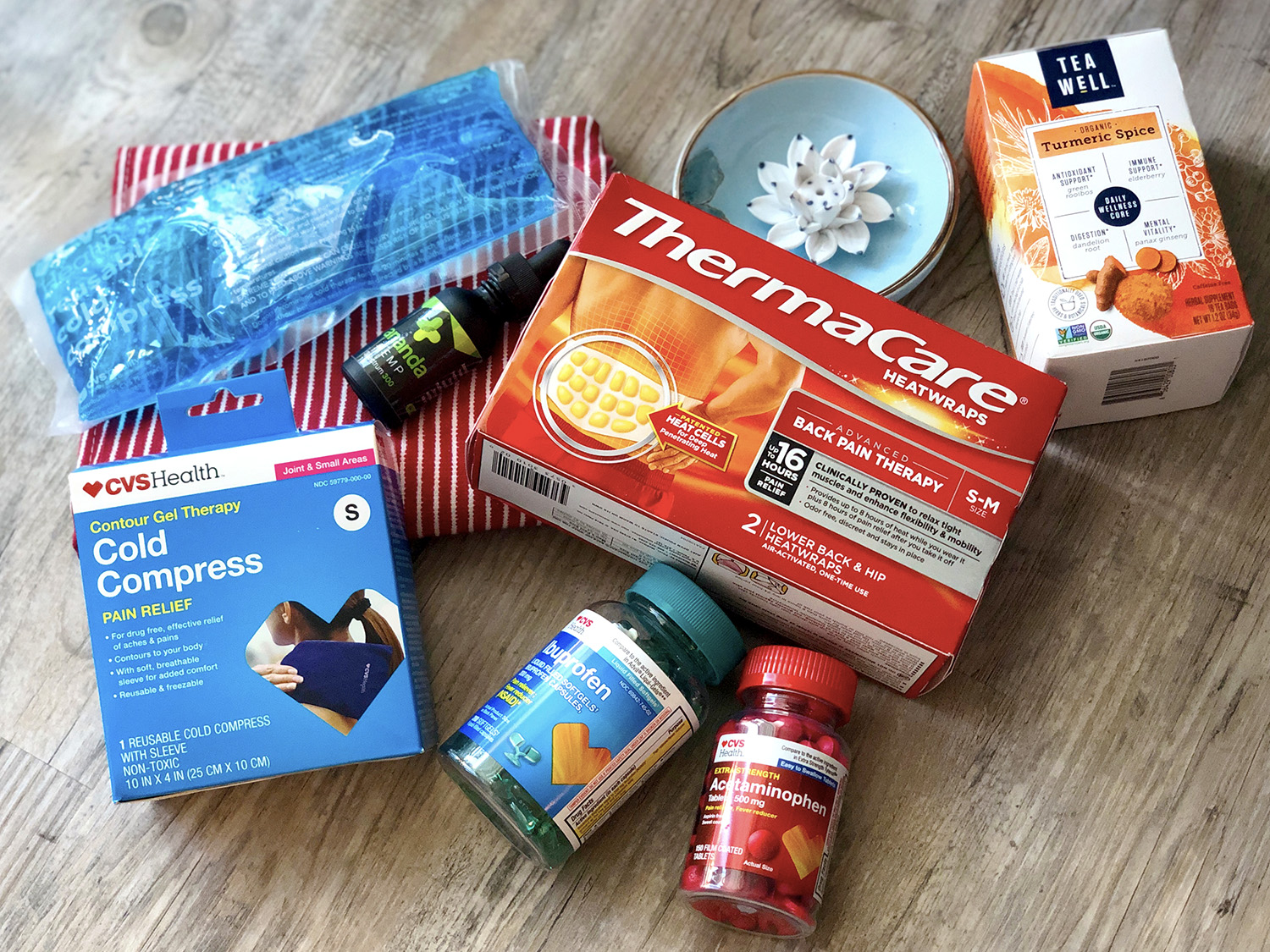Alternative Pain Management Without Opioids
Highly addictive and not exactly the safest option to control pain, it’s understandable that many patients choose to avoid opioids and heavy painkillers if possible. But knowing where to start with alternative pain management solutions—and ensuring you’re getting the most benefit from these methods—can be a bit tricky. Today, then, we’re breaking down all you need to know about five alternatives to opioids.
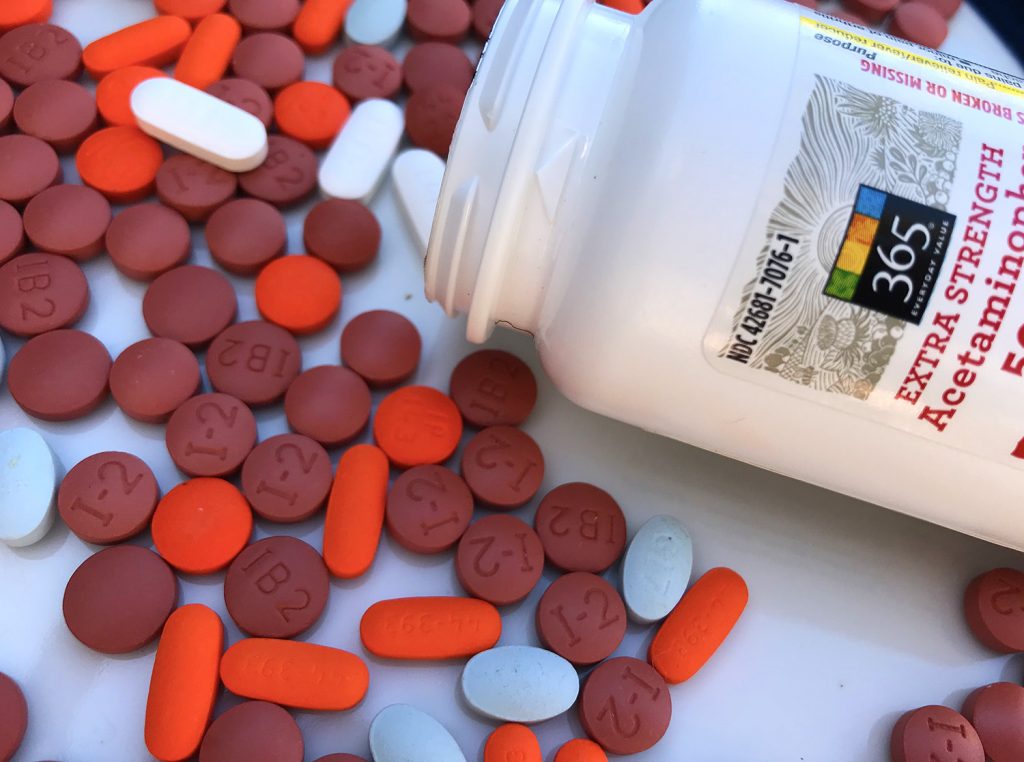
1. Over-the-Counter Medication
Over-the-counter medication tends to get written off when it comes to managing pain after surgery—with physicians often prescribing heavier painkillers in their place. But the truth is, OTC medications often do a great job of taking the edge off of pain—and, oftentimes, they’re really all you need to alleviate your post-procedure pain depending on how severe it is. While OTCs are not as strong as prescription painkillers, they also aren’t addictive and don’t come with the slew of side effects you’ll see with opioids and other heavy pain medications. If your goal is to reduce inflammation and swelling, opt for Ibuprofen. If you’re looking to simply curb pain, ibuprofen, aspirin (Bayer), and acetaminophen (Tylenol) all work well.

2. Icing & Heat
The oldest trick in the book (for good reason!), icing and heat are both effective alternative pain management solutions. The key lies in knowing how (and when) to properly use each method. Below, we break down each:
- Ice Therapy:
- What for: Use for fresh injuries and sharp pain, as it helps to reduce swelling and numb the pain. Don’t use ice for stiff muscles (that’s heat’s job!), as it will only further exacerbate the problem.
- How to: 10 minutes on, 10 minutes off is a tried-and-true method for icing (icing for more than 15-20 minutes straight can cause tissue damage).
- Heat Therapy:
- What for: Use heat therapy for muscle strains or chronic pain/stiffness, as it works to loosen up muscles and offer relief in super tight areas. Don’t use heat to reduce inflammation and swelling (that’s ice’s job!) as it will only further exacerbate the problem.
- How to: Heat can be applied for longer than ice without the fear of damaging tissue. For minor stiffness, 15 minutes of heat therapy at a time should do the trick. For more severe stiffness, you can opt to heat the area anywhere from 30 minutes-2 hours. Just be sure to keep an eye on the area and remove the heat source if you’re noticing any skin issues or discoloration.
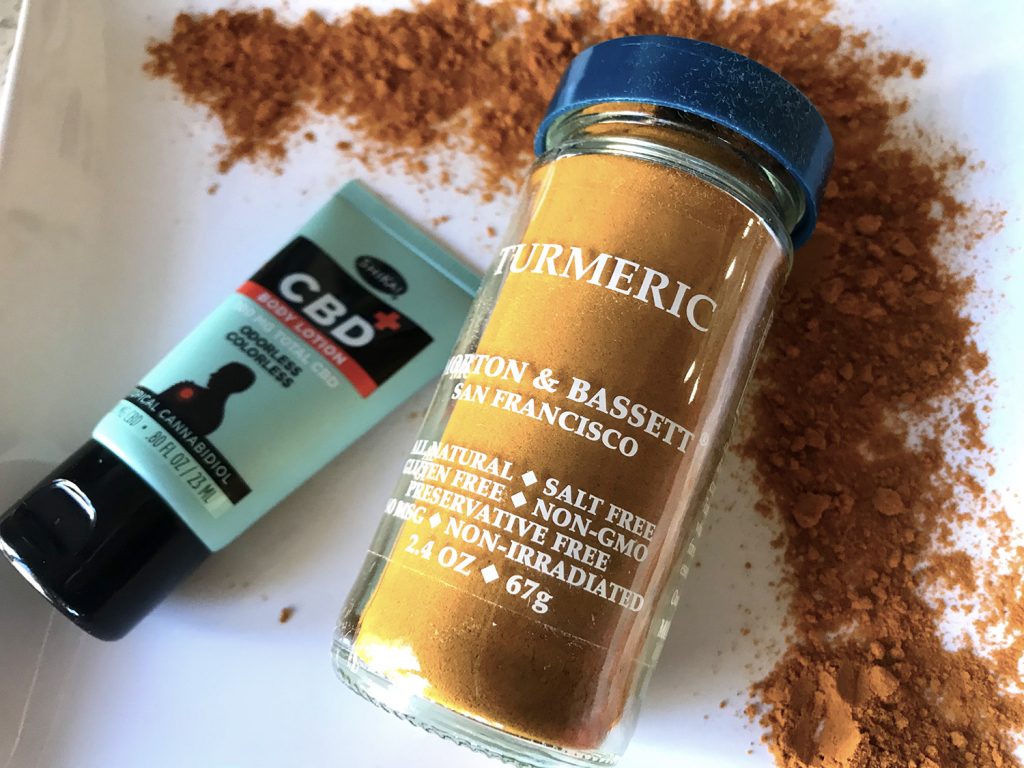
3. Natural Remedies
When it comes to alternative pain management after surgery, there are a ton of highly effective all-natural options to reduce inflammation and swelling. Turmeric acts as a super powerful anti inflammatory—try taking turmeric supplements leading up to and after your surgery, or juicing turmeric root each morning (but make sure you crack some black pepper in it for full effect—turmeric needs to be paired with the piperine in black pepper in order for your bloodstream to best absorb it).
We also love CBD creams and oils for pain management. While CBD is a cannabinoid, it doesn’t produce psychoactive effects like THC, so you won’t feel “high” or in an altered state of mind at all. CBD interacts with your brain receptors, ultimately improving your body’s built-in pain management system and causing those receptors to produce anti-inflammatory effects that work to reduce pain. You can take daily doses of CBD oil under your tongue, or purchase CBD lotions and creams to apply directly to the area where you’re experiencing pain (this is an especially effective option for tweaked, tight, or sore muscles).
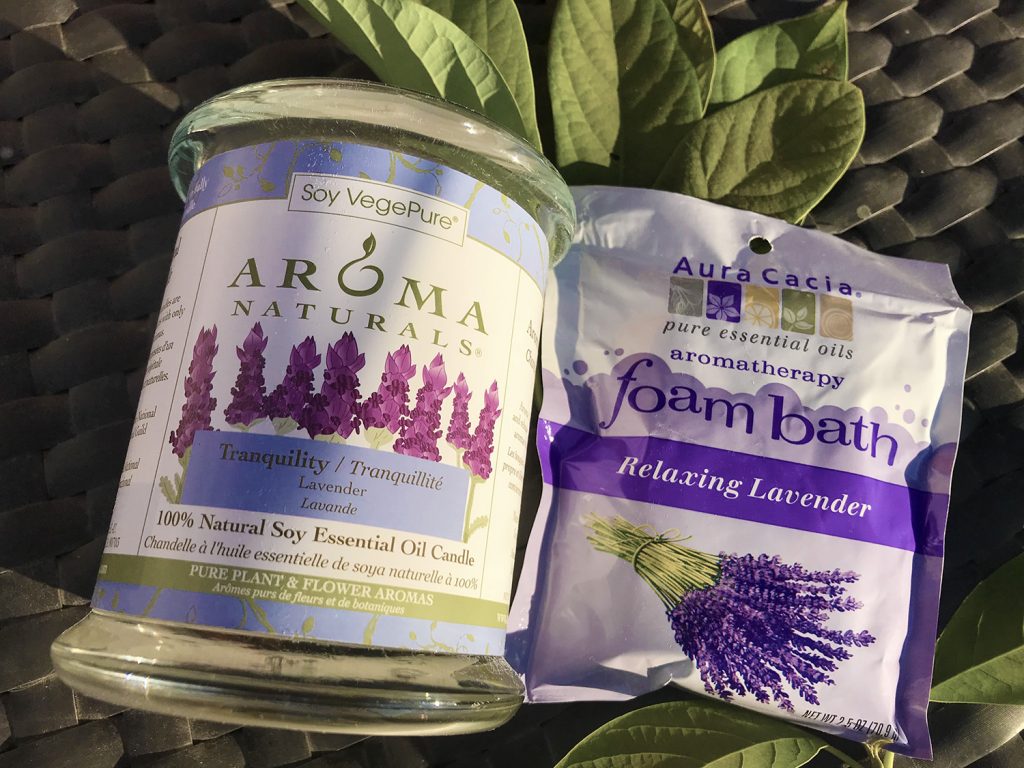
4. Relaxation Practices
Mind-over-matter may just be the best way to go when it comes to alternative pain management. Meditation and breathing techniques are great ways to get your mind off of the pain you’re experiencing. By slowing your breathing, you’re sending a signal to your brain that everything is OK. It’s essentially a form of self-soothing that “tricks” your brain into thinking you’re in less pain than you are—and studies show it’s far more effective than most realize. In fact, according to Psychology Today, “Mindfulness meditation has been shown in clinical trials to reduce chronic pain by 57 percent. Accomplished meditators can reduce it by over 90 percent.” A simple way to start? Try “square breathing”: inhale for a four count; hold your breath for a four count; exhale for a four count; hold your breath at the bottom for a four count; and repeat.
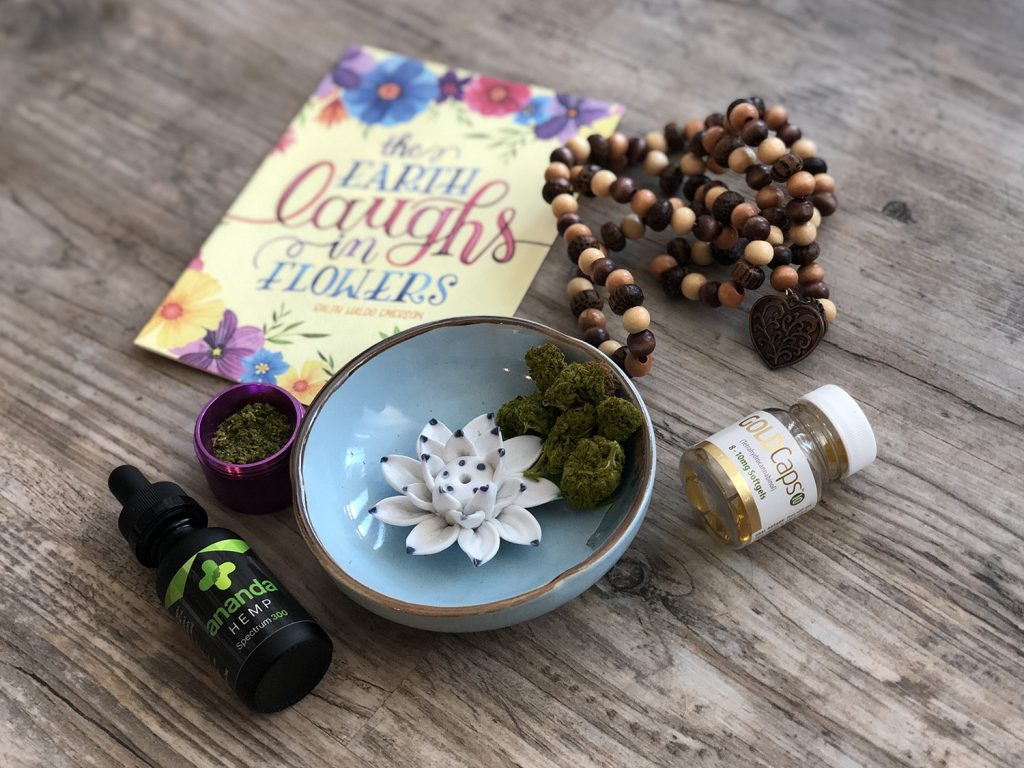
5. Medical Cannabis
When it comes to alternative pain management, one remedy is getting tons of attention for its ability to reduce opioid use: medical marijuana. In fact, a study from 2016 found cannabis use for cancer patients led to an impressive 64% reduction in opioid use. It’s important to note, however, that because medical marijuana is not approved by the FDA, research on its efficacy for pain relief is a bit lacking. According to some smaller studies cited in Medical News Today, we do know that, “of about 17,000 people with cancer, 70 percent reportedly experienced an improvement in pain and general well-being after marijuana use.” Other studies have shown indica strains appear to be more effective at pain reduction than sativa strains. Our recommendation? If you live in a state where medical and/or recreational marijuana is legal, head to a dispensary and ask to speak to a professional about the strains (and forms) that might be right for your specific pain.
Overall, when it comes to alternative pain management, there are endless options that aren’t opioids—choosing which is right for you it all comes down to doing your research, speaking to your surgeon, and knowing your body. Want even more pain management and surgery recovery tips? Browse the rest of our blog for empowering pre-op information, helpful nutrition advice, and pro-medical tips!


